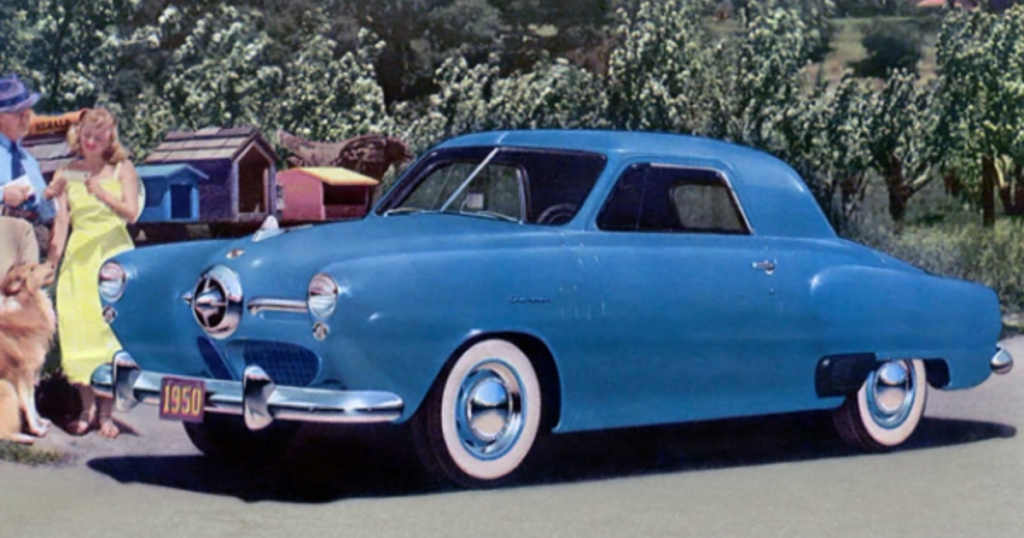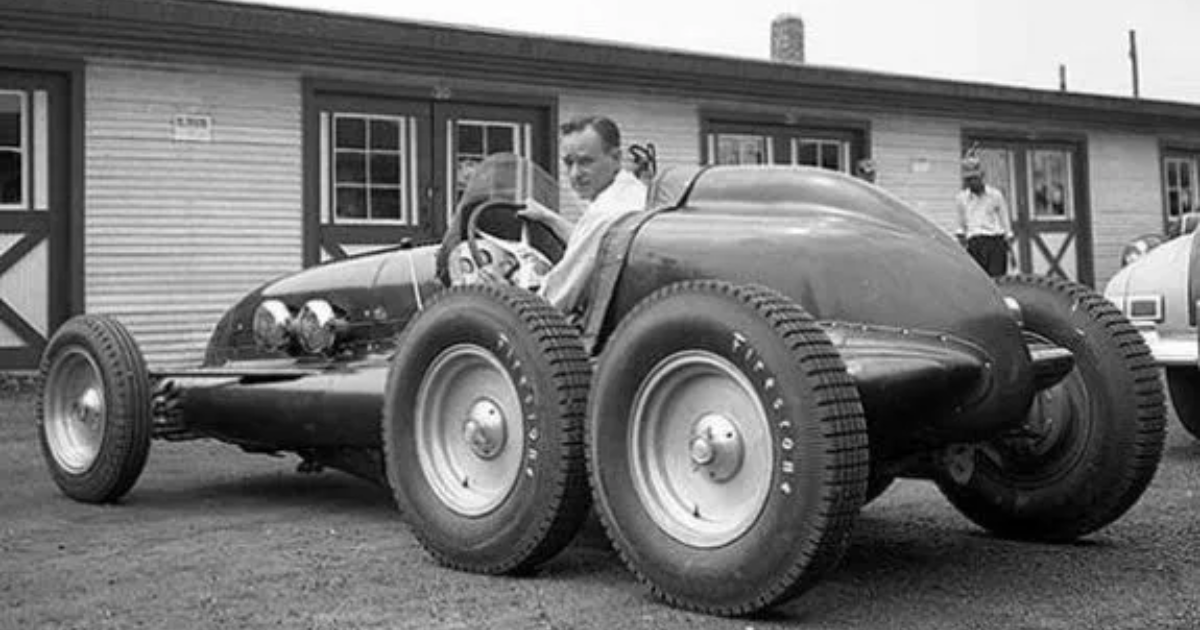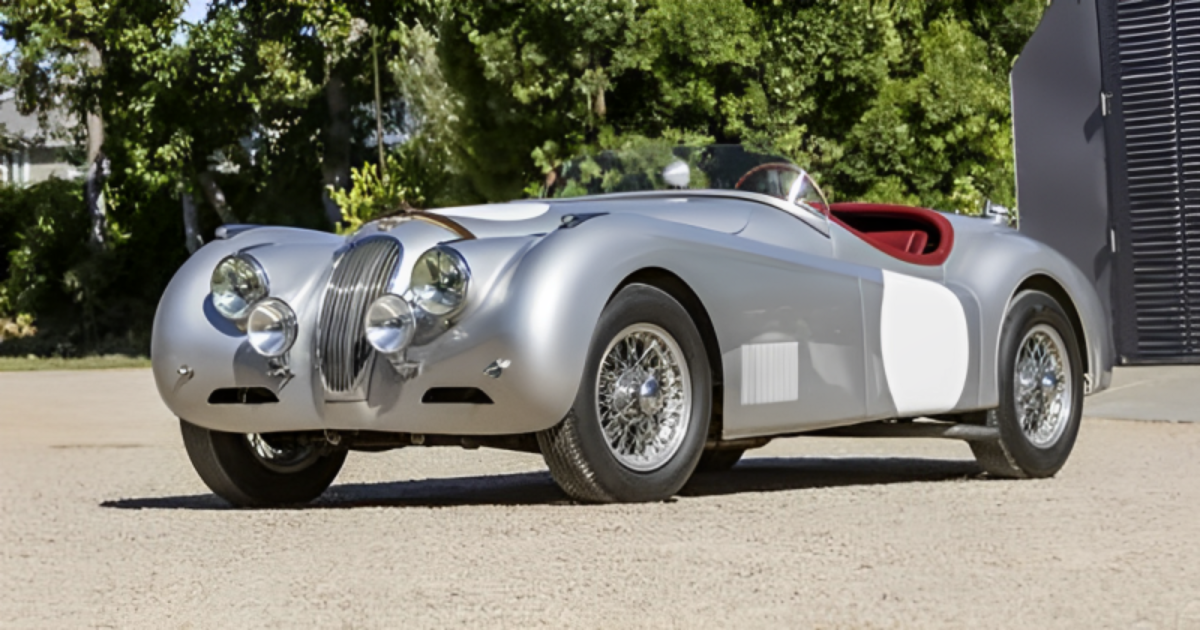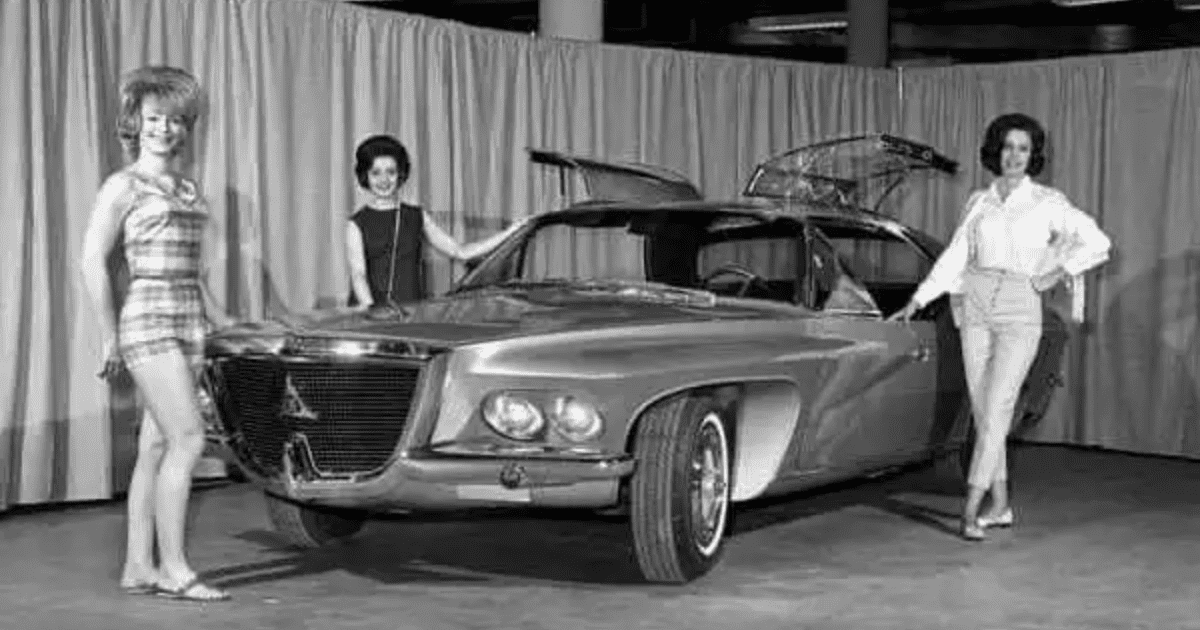
In contrast to many independent automakers, Studebaker took pride in possessing comprehensive manufacturing facilities at its South Bend, Indiana complex. This extensive setup included forging and casting foundries, a 325-foot transfer line dedicated to engine machining, a stamping plant equipped with 750-ton presses for crafting large body panels, and various subassembly and final assembly lines.
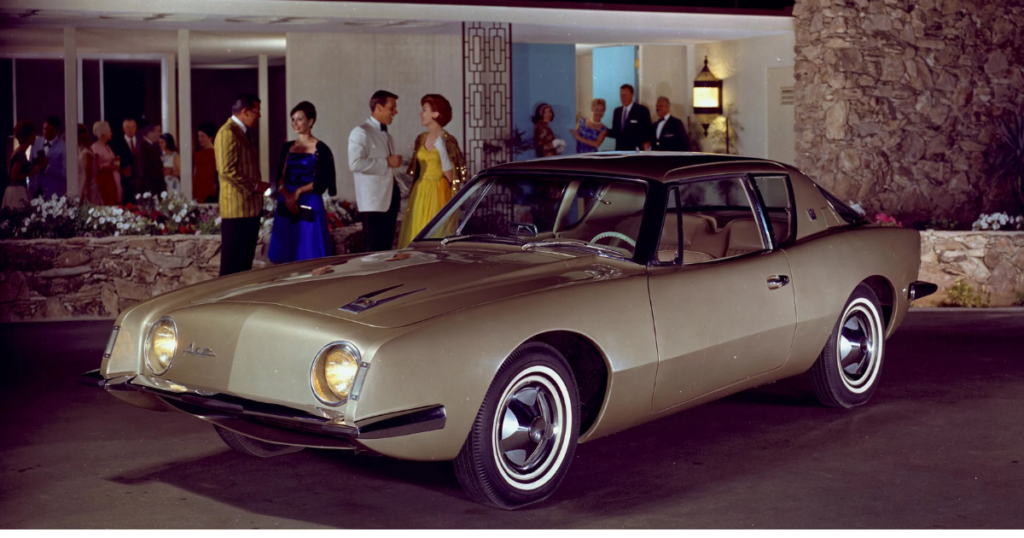
The early 1950s marked prosperous years for Studebaker, despite the growing challenges of competing with the automotive giants based in Detroit. Originating as a wagon maker in 1852, Studebaker achieved a historic milestone in 1950 with over 320,000 cars produced, making it the company’s best year to date. At its peak, Studebaker employed more than 25,000 workers and played a crucial role in the South Bend economy.

By 1952—Studebaker’s centennial year—the strain of competition began to take its toll, and production volume declined to approximately 168,000 units. Despite this, Studebaker continued offering a complete line in two primary models, the Champion and Commander, encompassing a diverse array of body styles.
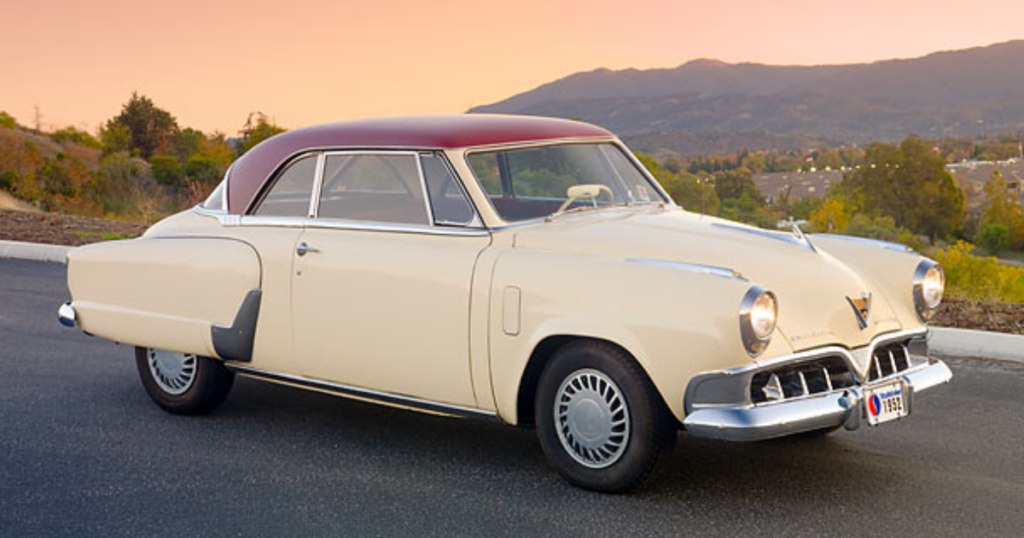
Notably, Studebaker stood out from its independent counterparts, Nash and Hudson, by providing buyers with options like an overhead-valve V8 engine and an automatic transmission. While facing challenges, Studebaker remained competitive for a few more years, experiencing a resurgence with the introduction of the 1959 Lark.

This video below provides a fascinating window into Studebaker’s manufacturing process during a pivotal period in its history. The company’s ability to adapt and offer innovative features kept it in the automotive game for some time, contributing to its enduring legacy. Enjoy this brief journey back to the heyday of Studebaker’s production prowess.

